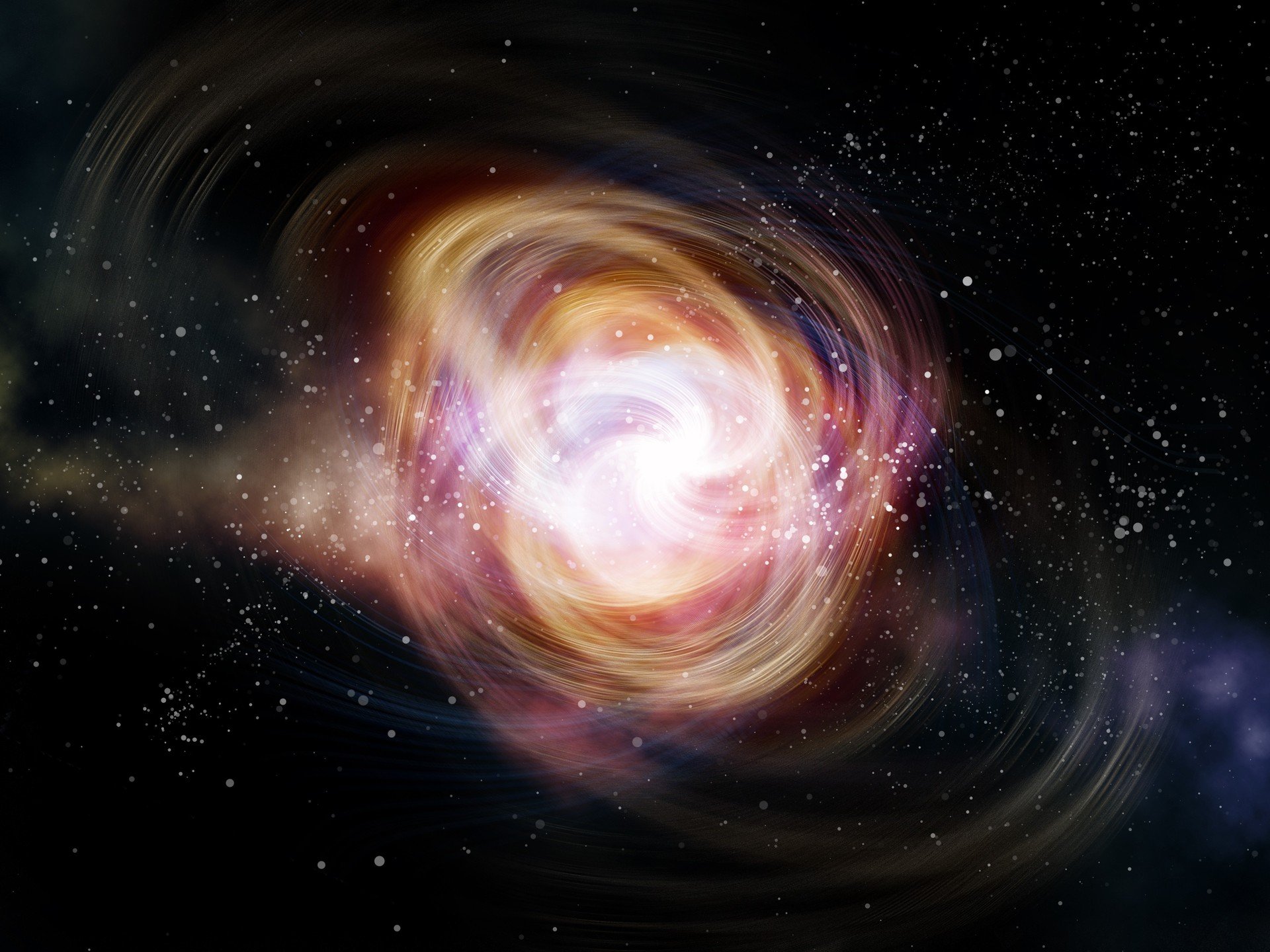Astronomers figured out quite a lot about how everything “works” in space, but we are still filling in the gaps. “Planetmaking” is one of these big mysteries. Believe it or now, scientists still don’t have a full and detailed understanding of how planets form.
Take our Solar System, for example. The early theories of the Solar System formation involved mysterious encounters between our Sun and another star (or the Sun and a comet) that led to some of the Sun’s material being extracted to make planets. Later on astronomers came up with an alternative idea that the Sun and the planets form together out of the same proto-”stuff”. This idea became the foundation of the modern theory of planetary formation.
A is for accretion
At present, scientists think that planets form via a process of accretion. This mechanism describes how tiny solid bits that circle around a young star stick together and eventually become a planet. Depending on the size of the building blocks involved, astronomers talk about “pebble accretion” or “planetesimal accretion”.
Despite the attractive simplicity of accretion theory, there are some contradictions and uncertainties that make some astronomers question the validity of the hypothesis.
Luckily, with over 4000 exoplanets recently discovered as well as a big number of “planetary systems in the making” around young stars (that we observe with ALMA radio observatory in Chile), astronomers are finally able to test and improve their theories of how and out of what exactly the planets are made.
Making a planet out of pebbles
Every planetary system starts as a giant cloud of gas and dust. Various events in a cloud’s neighbourhood, such as a nearby supernova explosion, can cause the cloud to collapse onto itself to make a protostar in the center and a protoplanetary disc of gas and dust around it. The solid particles in the spinning disk naturally collide and stick together, accumulating more material and growing in size to form pebbles.
From pebbles to boulders
Now, making a mm-sized pebble this way is easy. Constructing a larger seed – less so. The problem is, bigger bits tend to bounce off or crumble instead of sticking nicely to one another.
To explain how pebbles become boulders, or planetesimals, astrophysicists Jeremy Goodman and Andrew Youdin proposed a mechanism they called streaming instability (for more details see paper Streaming Instabilities in Protoplanetary Disks). You can think of streaming instability as a teamwork between gravity and aerodynamic drag. When pebbles travel through the gas in the protoplanetary disc, the drag makes them cluster together. Then they quickly collapse under the force of gravity and make boulders, the seeds of future planets.
Boulders the size of 1 kilometer and over start “sticking” directly to other boulders. Such planetesimal accretion takes a long time, although the biggest boulders tend to grow faster. Additionally, planetesimals accrete more pebbles and gain mass this way too. The biggest of the planetary seeds eventually become cores of the future planets.
Testing the theory
The general theory of the planet formation took shape back in the 80s. Yet many of its fine details, starting with how planetesimals form, we still do not understand.
Streaming instability is a relatively new concept. It is widely accepted and just as widely criticized. Will the future observations confirm it or dismiss it in favor of some new theory? We’ll see.
Pebble and boulder accretion seems to be in agreement with both observational data and numerical simulations. We observe the results of its work, such as prograge spin of the planets (see Spinning up planetary bodies by pebble accretion) and Jupiter’s “birth” (see The formation of Jupiter by hybrid pebble-planetesimal accretion) in the present-day Solar System, .
As we begin to study other “Solar Systems” and especially protoplanetary discs around young stars (where planets are being born as we speak), we begin to fill in blank spaces in out theory. One day we will know exactly how to build a planet! Or the whole planetary system!
More information
- Read our astronomy blog!
- Book our portable planetarium visit. Here is how mobile planetarium works, who can attend our space shows and more.
- Send us your questions and comments. We would love to hear from you!

